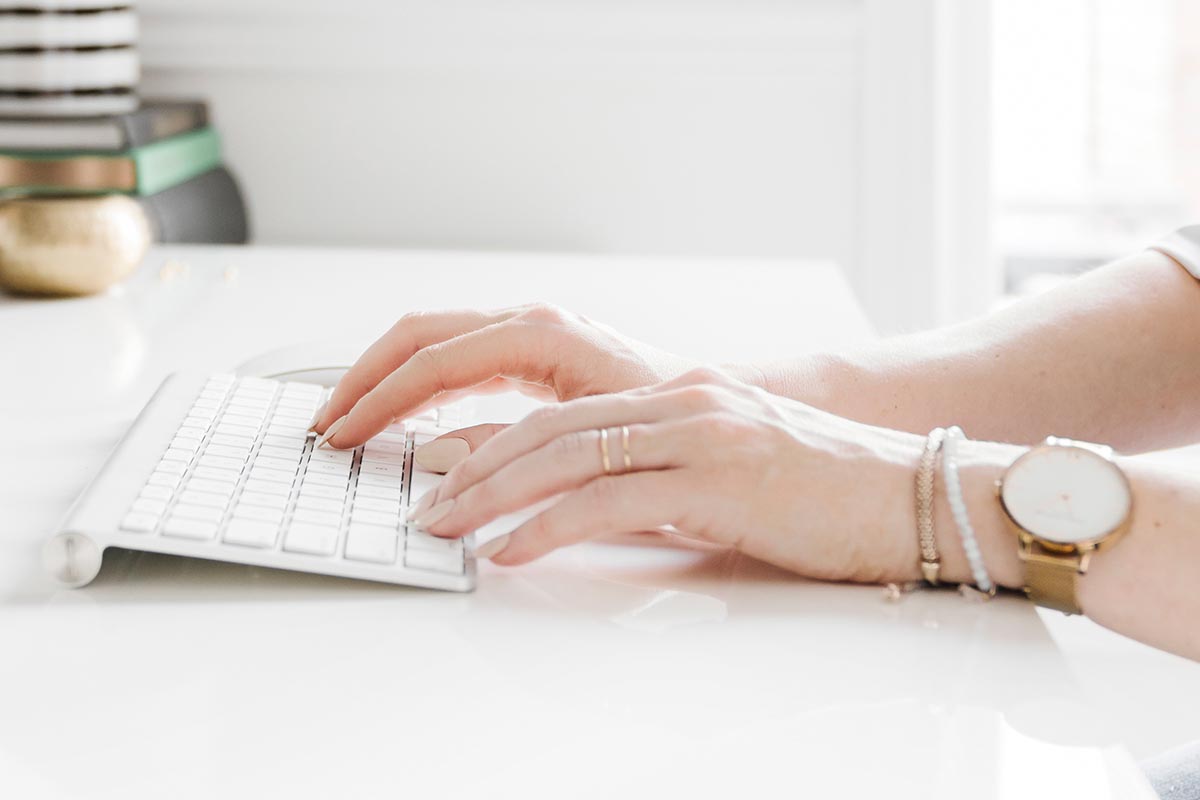When you work from home, many things are vying for your attention at any given moment. If you’re blessed to work at home while raising young kids, you know the distractions can quickly mount. The key to being productive is learning to tame distractions in your home office in order to maintain an ideal level of efficiency.
Table of Contents
Here are six steps that can help you isolate common distractions and set rules in place to handle them before they arise.
Step #1 – Identify the Source of Distractions in Your Home Office
You contend with many distractions such as household chores, the TV, social media, and kids. So, how exactly should you deal with these distractions in your home office to ensure you can work more efficiently?
The first thing you need to do is identify the source of your distractions. Once you know what’s causing you to lose focus, finding a solution will be easier. For example, if social media is your main distraction, try logging out of your accounts while you work or using a website blocker like Freedom.
If household chores prevent you from getting work done, try to set aside some time each day to do them, so they don’t pile up. You can also try delegating some chores to other household members or hiring someone to help.
As for distractions like the TV or kids, it might be helpful to set up a separate work area in your home where you can close the door and block out any noise. If that’s not possible, try using noise-canceling headphones or earplugs to help you focus.
Step #2 – Use the Distractions as a Reward
Okay, this tip might not work for everyone, but it’s worth a shot. If you find yourself getting easily distracted, try using the distractions as a reward for completing a specific task.
For example, if you need to write a report, set a goal of writing for one hour before taking a break to watch your favorite TV show. Similarly, you could use social media in the same way. Once you’ve completed a task off your to-do list, reward yourself with a short period of time on your social media channels.
The key is to be realistic with your goals and make sure the rewards are things that will help you relax and recharge. Otherwise, you’ll end up feeling stressed and overwhelmed. The goal here is to tame distractions in your home office, not create more problems.

Step #3 – Turn Off Notifications
Social media, news, and app notifications are significant sources of distraction, especially if you tend to check your phone every time it goes off. If you find yourself getting distracted by your phone, try turning off all notifications except for calls and texts.
You can also try putting your phone on silent or do not disturb mode, so you’re not constantly tempted to check it. And when you’re working, try to keep your phone out of sight, so you’re not as tempted to use it. The easiest way is to put your phone in a drawer or even in another room when you’re trying to focus.
Checking emails too often can also be a considerable source of distractions. If you find yourself checking your inbox every five minutes, try turning off email notifications or set up a specific time each day to check and respond to emails. For example, you only check your emails at 9 am, 12 pm, and the last time at 3 pm to ensure you’re not missing anything important.
Step #4 – Declutter Your Workspace
A cluttered workspace can be a major source of distraction, so it’s essential to keep your desk or work area clean and organized. Make sure you only have the essentials within arm’s reach, and everything else is put away.
You should also try to declutter your digital workspace by deleting unused files or folders and unsubscribing from unnecessary emails. This will help you focus on the task and reduce the chances of getting sidetracked. A mailbox full of unread emails can be overwhelming and make it harder to find important messages.
Step #5 – Invest in Quality Supplies
If low-quality supplies constantly surround you, staying focused on your work can be challenging. A printer that always jams or a pen that always runs out of ink can be very frustrating, so investing in quality supplies will make your work easier is essential.
The same goes for your computer and other electronics. If your computer is constantly crashing or running slowly, staying focused on your work will be tough. Investing in a quality computer will save you time and frustration in the long run.
Other things you might want to consider include a comfortable chair, a well-designed desk, and storage solutions that can help keep your workspace tidy. You should also ensure you have all the necessary tools for your work, such as a printer, scanner, and office supplies.
Investing in quality supplies may seem small, but it can make a big difference in your ability to focus and get work done.
Step #6 – Invest in a Good Pair of Headphones
Finding a quiet place to focus can be tricky if you work in a busy office or have kids at home. In these cases, invest in a good pair of noise-canceling headphones or earplugs. This will help you block out any external distractions and focus on your work.
You can also try using white noise to help you focus. Many free white noise apps are available, or you can search for “white noise” on YouTube.
If you have trouble focusing when it’s quiet, try listening to music while you work. Choose instrumental music or something with a slow, relaxing tempo. Avoid music with lyrics as it can be distracting.
The Bottom Line
The real art of working from home while avoiding distractions is to curate your environment in a way that works for you. Some people need complete silence to focus, while others prefer to have some background noise.
The most important thing is to experiment and find what works best for you. And if you find yourself distracted, don’t be afraid to take a break and return to it later — a pause can sometimes be the best way to refocus.

